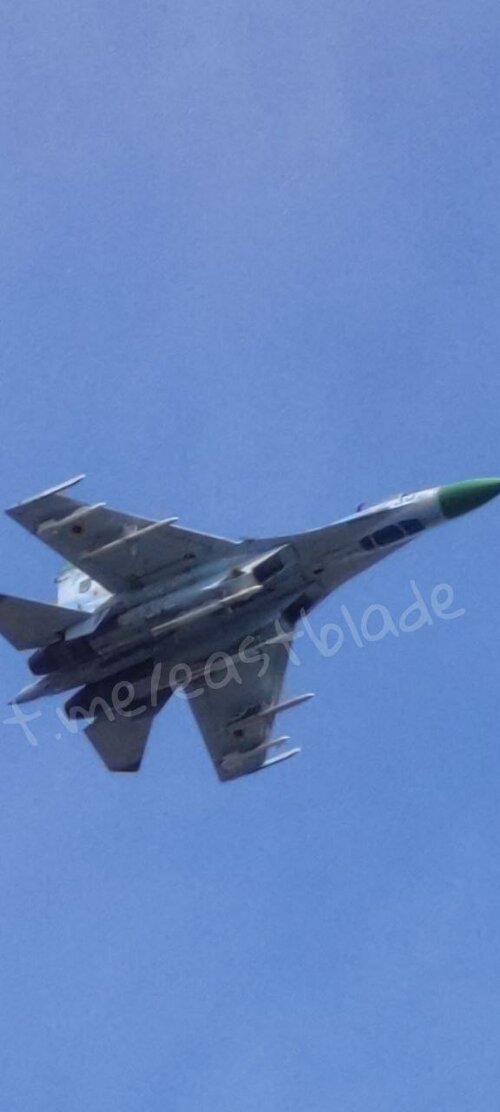Like stealthflanker, I frequently wonder about claims that a specific weapons system destroyed some wreck or other. Unless you were there to witness it, how would you know? This is a particularly good case in point, in that it probably wasn't the work of a HARM missile at all, for all the reasons discussed earlier in this very thread regarding the peculiarities of its warhead!
I mean, some of the kills Oryx marks as having been destroyed by TB2 are designated as such based on no more compelling evidence than that "the damage seems to be on top". Well, last time I checked Javelin typically flies a top-attack and 155mm shells do not travel underground either. Sure, it *could* be a TB2 kill, but with so many perfectly plausible alternatives, you've got to be able to come up with a better justification to make the call, right?
Obviously that was an "export model" operated by untrained conscripts.
Well, the war experience has raised legitimate doubts about previous assumptions on the standard of training in the Russian armed forces. At the same time, this very war experience probably means the surviving personnel is likely to be rather battle-hardened and liable to give a complacent foe a very rude shock indeed. Much like the Ukrainian armed forces did to the Russians...
Regarding the capabilities of Russian equipment in general and air defence systems in particular, Twitter OSINT presents a grossly distorted picture. It's not necessarily dead wrong, but often woefully incomplete. Analysis by real experts who went to the country, examined the evidence on the ground and interviewed people actually taking part in the fight tells a more nuanced story. Justin Bronk (not one known for glowing assessments of Russian hardware, to put it mildly) in his paper on the early course of the air war is almost at pains to emphasize at every turn how the equipment generally did what it says on the box.
Same story with the re-taking of Snake Island by Ukraine - watching the Twitter videos, you get the sense that hapless AD systems were basically bombed into oblivion by TB2s. Yet recently it was revealed that it was only once the island could be targeted with artillery fire that things truly began to go South for the Russians, with the Tors and Pantsirs happily taking down both Tochka TBMs (!) and UAVs. That TB2 which washed up in Romania is probably but the tip of the iceberg, the source says they were mostly forced to stand off outside AD range. Somehow that doesn't make for nice footage though.
None of which should be surprising, given the excellent performance of Ukrainian AD which has depended (and mostly still does) on older Soviet-era variants of the systems Russia is using, after all. Yeah, Iris-T-SLM, Gepard and NASAMS... well, the first Iris-T-SLM arrived in Ukraine in October, the first NASAMS in November. Whatever Ukraine's successes were throughout 2022, they were hence mostly achieved with Buks, S-300Ps/Vs and Tunguskas - if they perform well, why would more modern versions (as used by Russia) not?
The picture which emerges is that the (fortunately) dismal performance of the Russians has more to do with catastrophically flawed ideological premises, shockingly poor planning and communications as well as obsolete intelligence than equipment failures. We need to be realistic in our assessments, complacent dismissal is going to be a very costly mistake to make.




